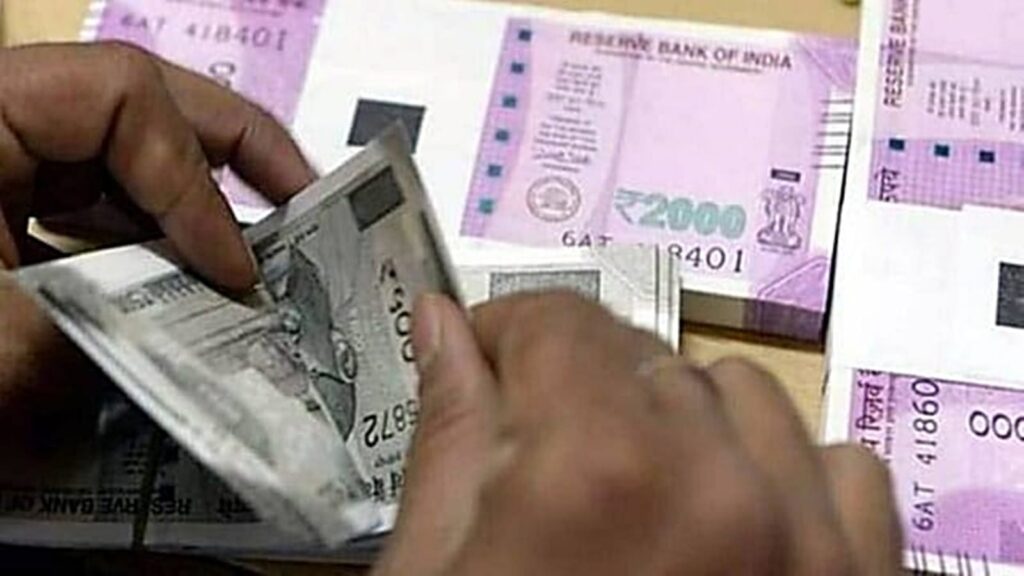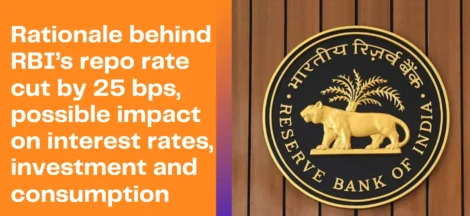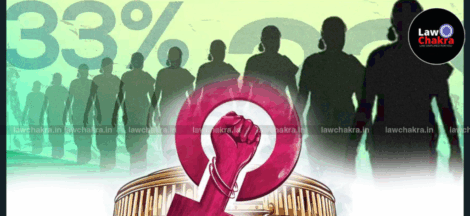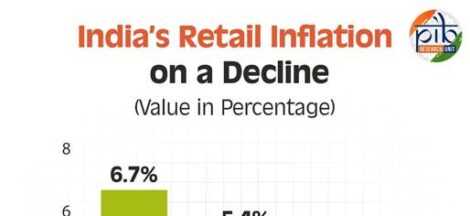By Dr. Gyan Pathak
The leaders and top officials of the ruling establishment led by Prime Minister Narendra Modi have just boasted of India replacing Japan as fourth largest economy of the world, falsely giving an impression that economy is performing well. The data speak otherwise. There has been rise in indebtedness among the poor, and the poor borrowers are increasingly unable to return their loans. Microfinance loan delinquencies have jumped 163 per cent in 2024-25, financial institutions are applying break on providing them loan, after warning issued by the Reserve Bank of India. It is resulting in the poor people falling in the hands of private money lenders extracting exorbitant interest rates making their lives more miserable. It is a serious issue that needs urgent attention of the Government.
Modi government owes attention to these poor borrowers, to make their lives easier, since the government is making huge money from the banking activities under the supervision of the RBI, that had warned the banks in December 2024, about the worsening stress in the microfinance sector, and asked to tread carefully. The banks on their part substantially curtailed loans to poor borrowers. Every institution in our banking system seems to be after profit, giving less priority to public good, though this is chief object of the public sector banks, and also of the RBI. The main job of the RBI is not making profit but the keep the economy stable do everything for the public good, but the institution is making huge profit, and gives huge amount to the Government of India.
RBI has just announced on May 23 that it will pay as much as Rs 2.69 lakh crore – the highest ever surplus – as dividend to the Central government for the fiscal year 2024-25. For the year 2023-24, RBI had transferred Rs 2.1 lakh crore to the Central government. One can just imagine how the banking system has been making huge profit. Public sector banks are also making huge profits with their ever-increasing profit making policies, and the common people are at receiving end, though they are mandated to work for the public good. One can just understand why Modi government is willing to privatise the public sector banks and the insurance sector.
In this background, it is unethical that the poor borrowers in particular, and the poor people in general, are made to suffering due to the neglect of the government. The latest data shows that in the year 2024-25, microfinance delinquencies overdue over 31 days jumped by 163 per cent to Rs 43,075 crore as against Rs 16,379 crore in the previous year. Technically, these are called portfolio at risk (PAR).
Gross loan portfolio (GLP) for the microfinancing sector fell to Rs 381,200 crore as of March 2025, as against Rs 442,700 crore in March 2024. The fall was 13.9 per cent. Not only the gross loan but also the active loans has declined from Rs 16.1 crore to 14 crore during this period.
PAR between 1-30 days increased from 0.7 per cent in 2023-24 to 1.4 per cent in 2024-25. PAR between 31-180 days overdue gone up to 6.2 per cent in 2024-25 as against 2.1 per cent in 2023-24, that is, it just almost tripled, according to the data of CRIF High Mark. Worse, the PAR in the 180 days plus overdue jumped to 5.1 per cent from 1.6 per cent during this period.
As for the higher ticket loans above Rs 1 lakh, there is an uptick in delinquencies as their point of sales (POS) expands, says CRIF High Mark. For lower-ticket sizes, delinquency is much lower.
The CRIF High Mark data shows that loan offtake in the last three months had declined to Rs 71,850 crore in March 2025, as against Rs 1,15,600 crore in March 2024. Number of loans in the last three months had also declined considerably from 240.5 lakh in March 2024 to 133 lakh in March 2025.
CRIF High Mark has pointed out the growing shift toward higher-ticket loans above Rs 1 lakh, which grew by 38.5 per cent on year-on-year basis. As against this loan below Rs 30,000 grew negatively by (-35.9) per cent. This shows the shift in lending pattern away from the small borrowers.
Why this happened? Because, banks are managing the stress of the microfinance sector by just refusing loans to poor borrowers. It is impacting those poor people who are not getting jobs in the job market and trying to do some small business taking small loans from banks. They are now falling prey to private money lenders.
Economic situation on the ground level has become much worse than it is perceived at the national level, and particularly at the corridors of power. People are taking loans from multiple sources for their survival, but which is leading them to excessive debt burdens. Other economic shocks and income uncertainties are also impacting their loan repayment capacity. Nevertheless, borrowers with 5 or more lenders declined from 9.7 per cent in 2023-24 to 4.9 per cent in 2024-25.
RBI has said in December 2024, that borrower indebtedness rose sharply with the share of borrowers availing loans from four or more lenders from 3.6 per cent in September 2021 to 5.8 per cent at the end of September 2024.
It should be noted that credit to microfinance sector has surged in the aftermath of COVID-19 crisis, and a few non-bank lender companies were found charging exceedingly high interest rates, which had invoked supervisory actions by RBI in October 2024. RBI had highlighted its apprehensions around a few outliers who charge usurious interest rates along with unreasonably high processing fees and frivolous penalties.
It shows how complex the issue is. It has grave implications which go beyond the profitability of the banking sector to the survival of the poor people. Modi government must consider urgent multipronged strategy to deal with the emerging situation on the ground level. (IPA Service)




 Remembering Jawaharlal Nehru On His 61st Death Anniversary
Remembering Jawaharlal Nehru On His 61st Death Anniversary 